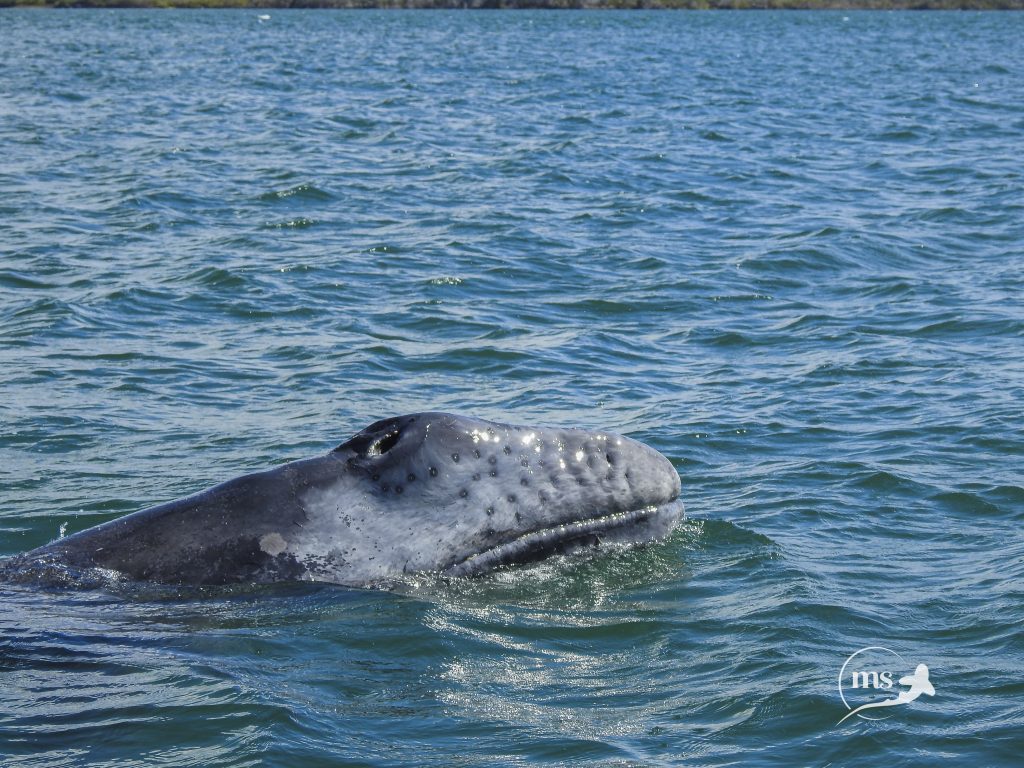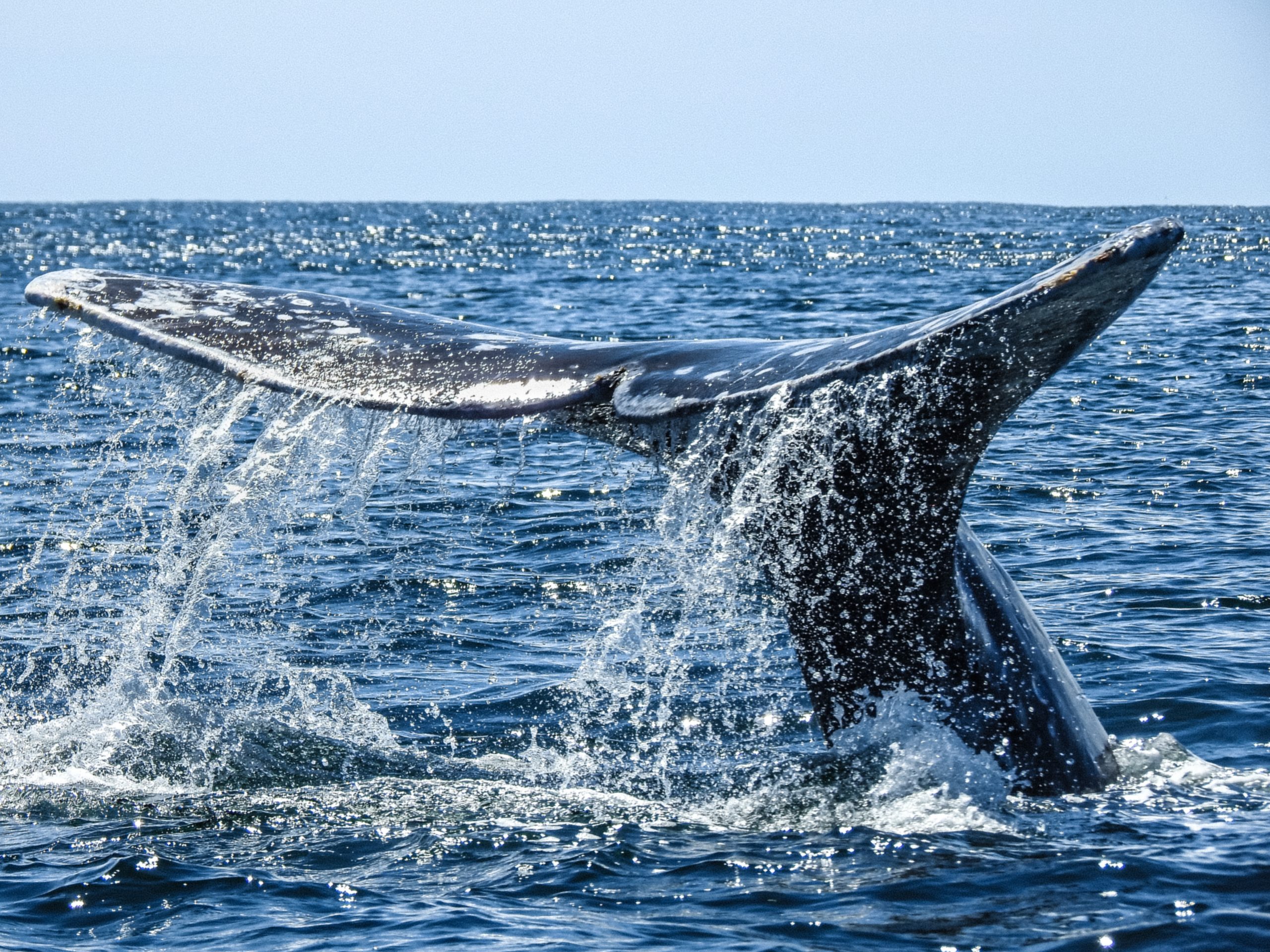This month, Gray whales started arriving on the Pacific coast of Baja California. They migrate annually from their winter feeding grounds in Alaska, to mate and give birth in the protected lagoons of the Baja California Peninsula. This is one of the greatest migrations in the animal kingdom, a round-trip of around 20000 km or 12000 miles! To honor them, I wanted to share their story, because it is one of hope, showing us that if we act soon, there is still time for life to bounce back.

The whale wars
During the mid-1800s and early 1900s, gray whales were slaughtered for their meat and fat to almost extinction. In their nursing lagoons of Baja California, they were easy prey. Fishermen called them “devil fish” because when losing their calves to whalers, the mothers would destroy their boats. There was an open war between whales and humans, one that whales were losing.

International Protection
Finally, gray whales became internationally protected in 1947. After almost disappearing, the population rebounded, going back to almost pre-whaling numbers.
The war was over and, after decades, the whales changed their views about humans. In San Ignacio, gray whales started approaching fishermen’s boats, not to attack them, but to greet them. Whales seemed to want people around and even allowed fishermen to pet them. Such a special interaction brought ecotourism to the fishing villages, which are visited annually by people from all over the world, bringing wealth to the area.
Today, gray whales and people are intimately connected, they are part of the local culture and are highly regarded, being one of the most iconic species in Baja California. Hopefully, we can learn from this story that it is not too late to change and that if we act, we can create a better world for all of us.


No responses yet